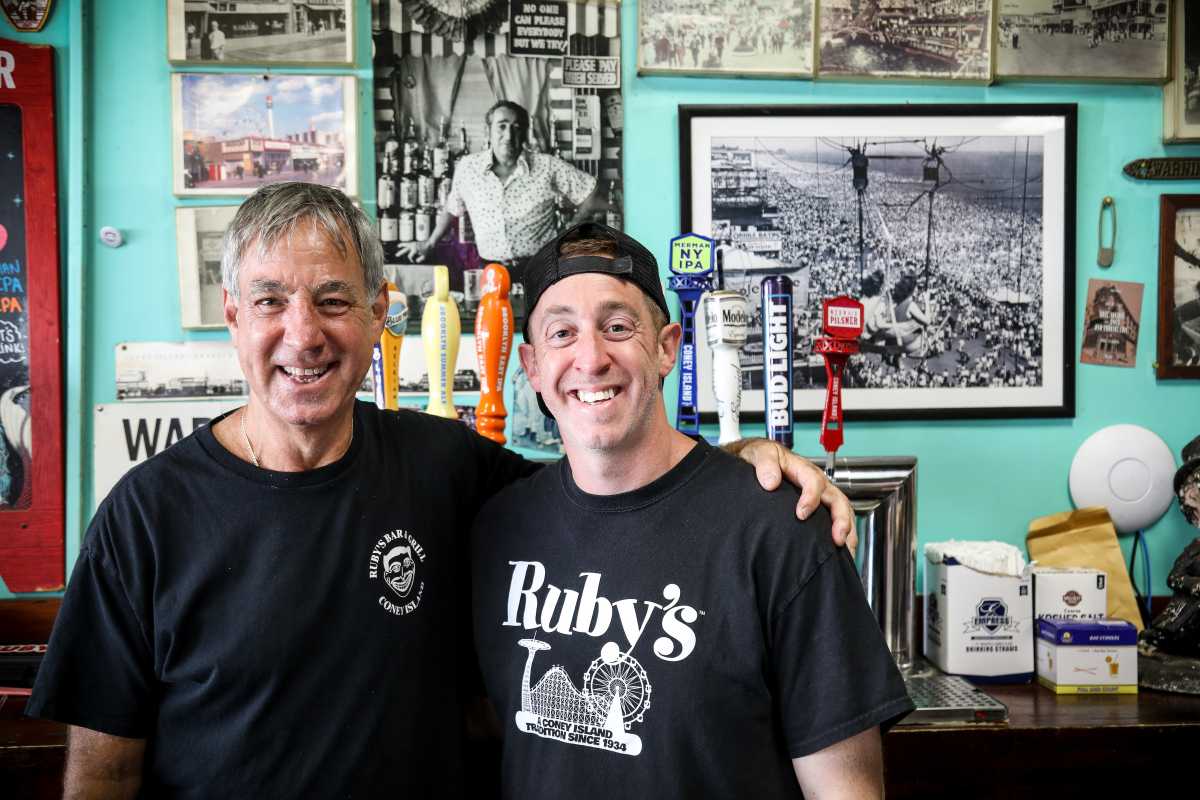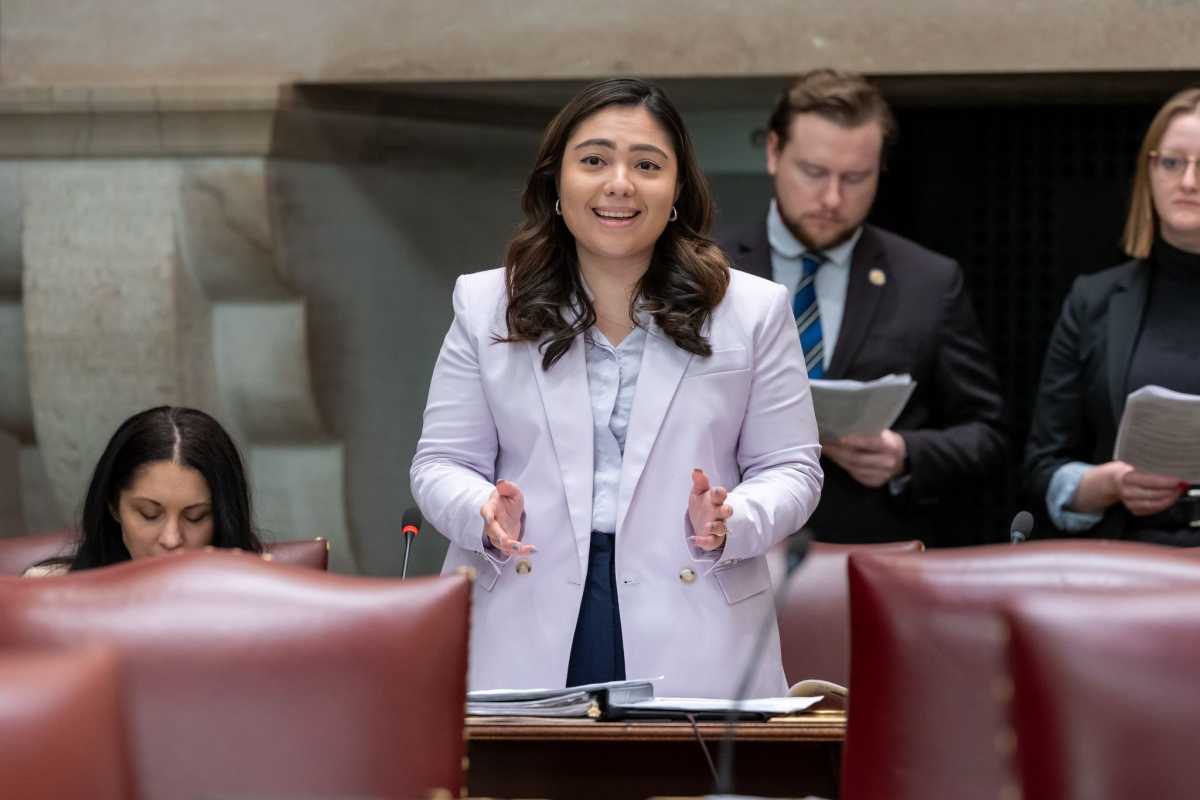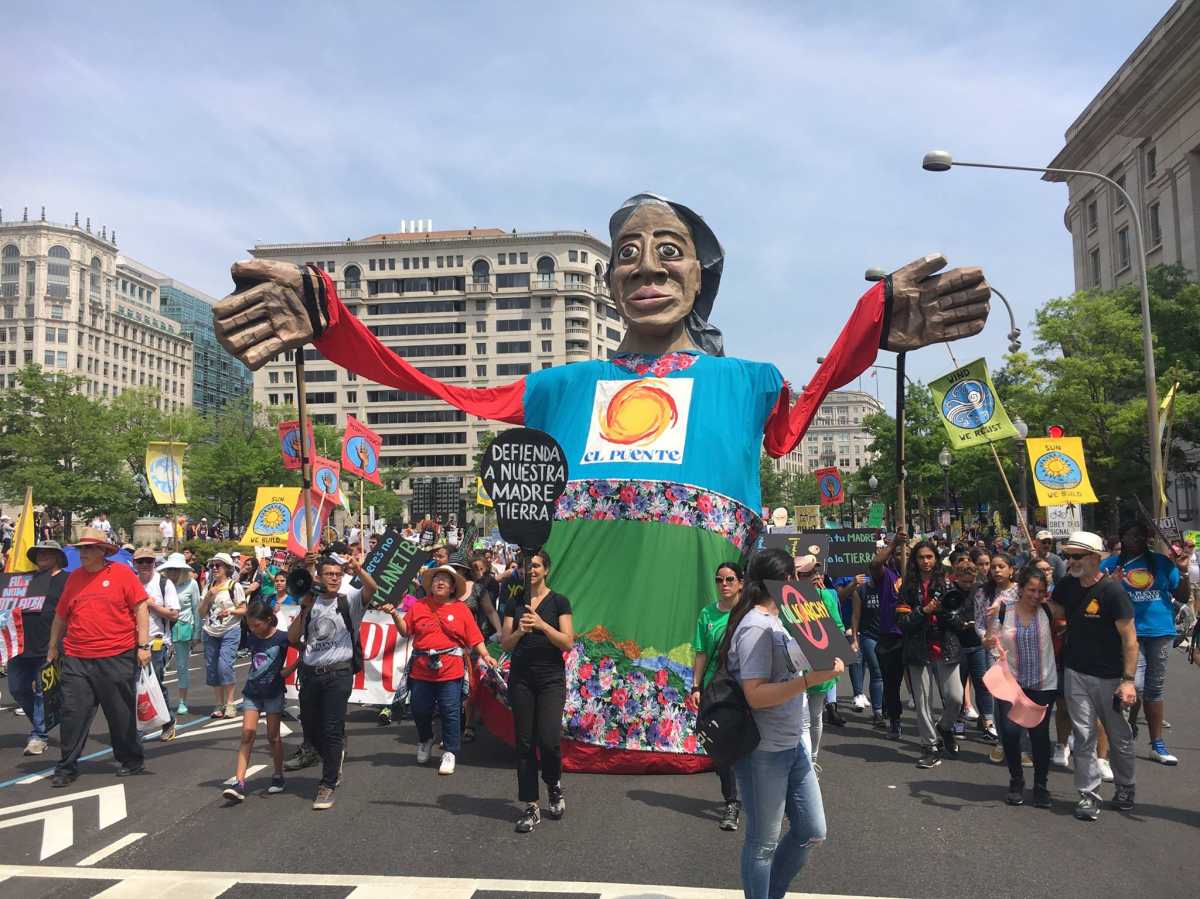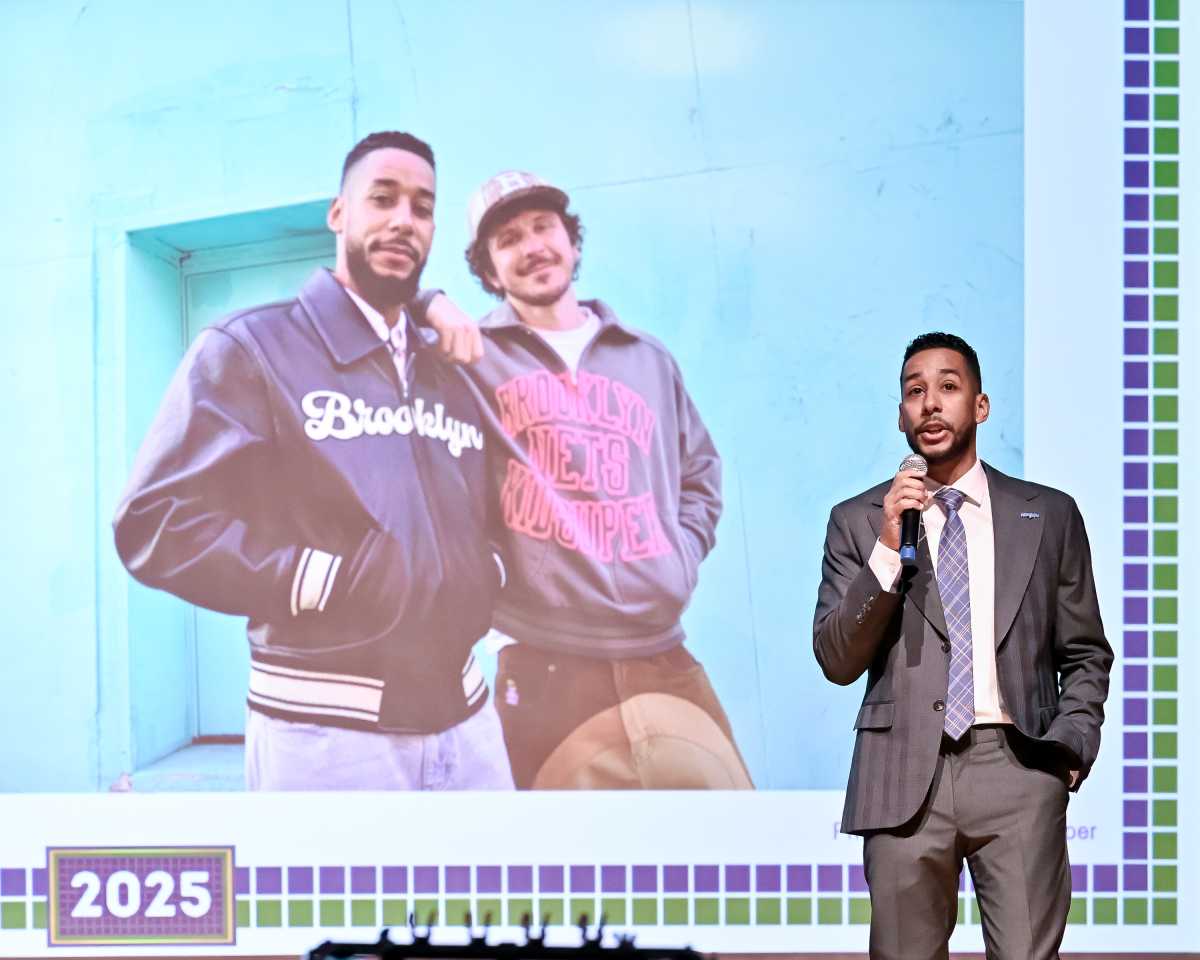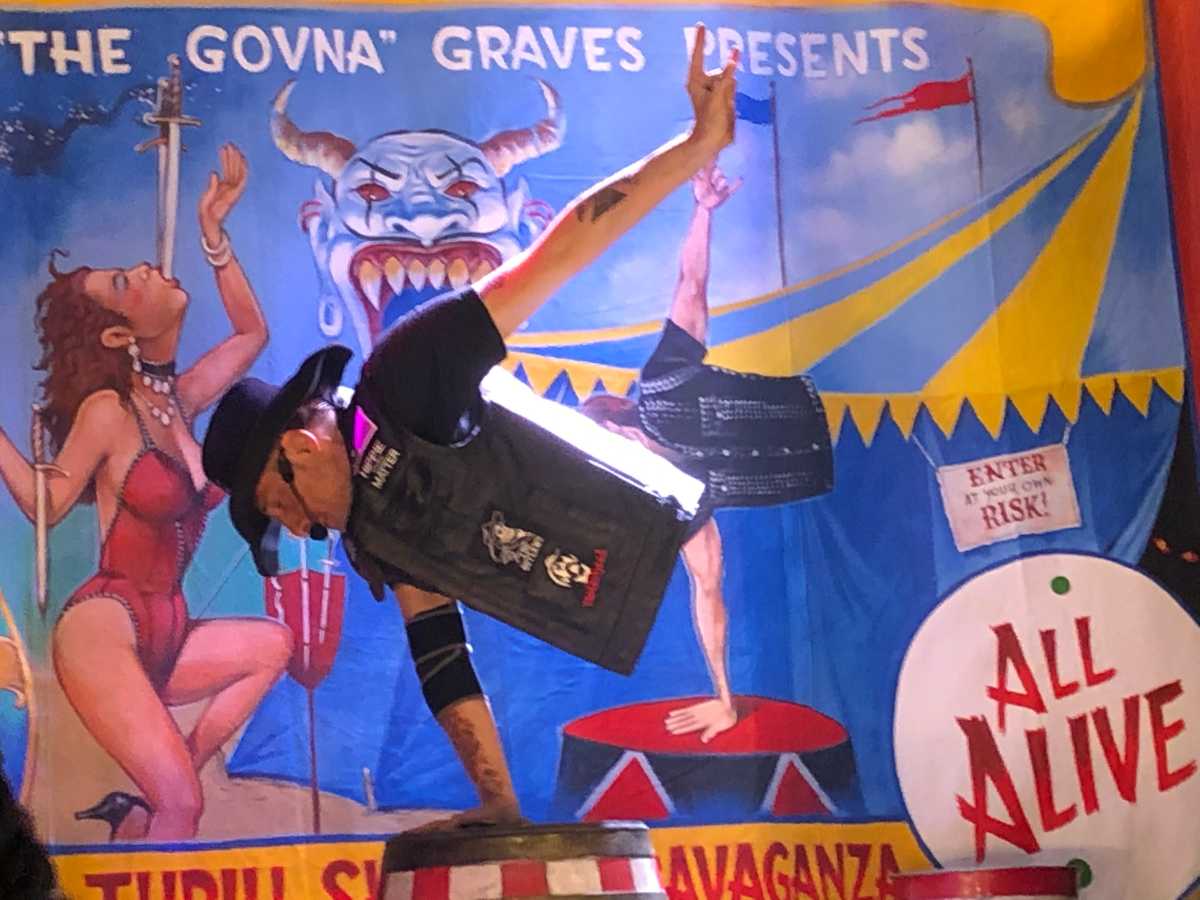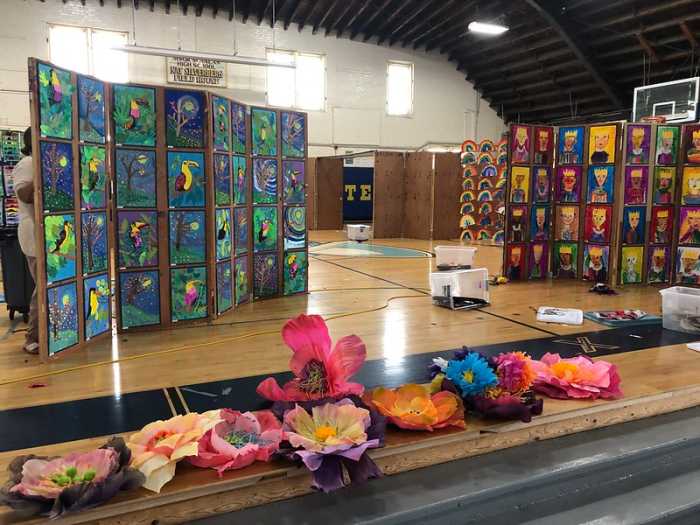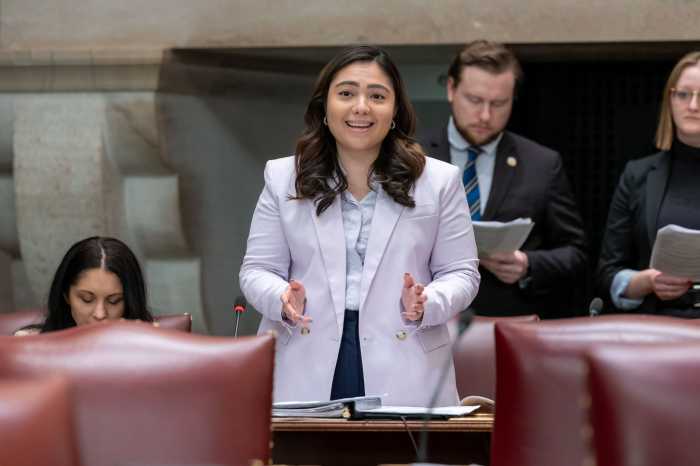The room was all glass and gravity at the Seagram Building—designed for titans, haunted by legends—and on this particular June evening, it shimmered with something else entirely: remembrance. Not the soft kind whispered in chapels, but a gleaming, unapologetic celebration of a man who demanded brilliance in all its forms.
That man was Tony Bechara.
To honor Tony is to step into a current of elevated intellect and cultural legacy, a current not meant for the faint of heart or the aesthetically indifferent. He was an artist, yes, but also a conductor of influence—someone who understood that to shape public imagination, one had to court it with both elegance and edge. That is what El Museo del Barrio did so deftly at this tribute: not mourn, but magnify. Not dwell, but dazzle.
In the realm of New York’s cultural architects, Tony was the rare breed who did not whisper into power—he painted it. He advocated for it. He elevated it until it pulsed with pigment and purpose. The evening was a testament not just to Tony’s visual genius, but to the radical visibility he insisted upon for Latino and Latin American artists long before institutions thought it fashionable.
Those who gathered—an elegant constellation of cultural leaders, patrons, artists, and co-conspirators in the grand tradition of New York’s art world—did not come for cocktails alone. They came to reflect light back on the man who had, for decades, been its source.




The elegance of intention
There is something profoundly luxurious about legacy. Not the kind housed in vaults or bound in hedge funds, but the kind that redefines what deserves our collective gaze. Tony knew that art, when leveraged correctly, is not just a mirror but a megaphone. His championing of El Museo was never about tokenism or diversity for diversity’s sake—it was about correcting the art historical canon with grace, fury, and exacting precision.
This event was not a pageant of grief. It was an act of cultural alignment—an elegant reminder that those who shape the narrative deserve more than a footnote.
A light unmuted
Tony was never one to play small. He wore his aesthetic like armor and moved through the world with the unshakable poise of someone who knew. Knew that the Latinx community was not a sidebar in the American cultural story but the very ink in its manuscript. Knew that visibility without empowerment is performance. Knew that the real currency in this town has never been just capital—it’s conviction.
And now, in the wake of his absence, that conviction must continue to be curated, protected, and exalted.




A cultural north star
To shine a light on Tony is to recalibrate our inner compass. He was not merely a fixture of New York’s art world; he was a lighthouse—anchored, radiant, unyielding in his belief that art could democratize power while seducing the senses.
The tribute at Seagram, organized with taste and tempo by El Museo, was a worthy reflection of this ethos. It fused glamour with purpose, memory with momentum. This was not about legacy in the past tense—it was about ignition.
Because Tony Bechara was never just a man. He was a movement dressed in color.
















